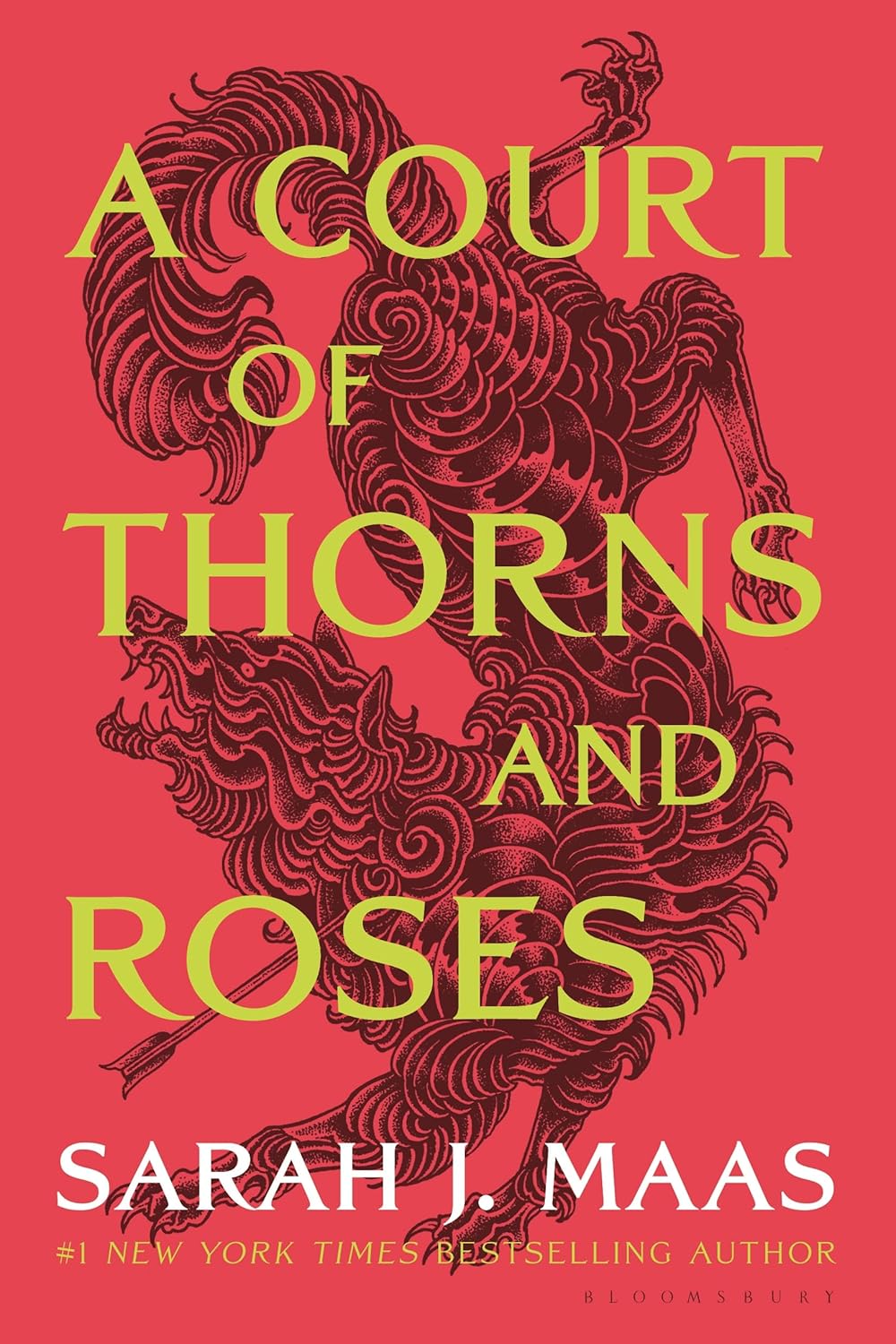- Home
- Fairy Blog
- Fairy Cakes
- Fairy Quotes
- Safety Dance
- The Flower Fairies Books
- What is a Fairy?
- Are Fairies Real?
- Elemental Fairies
- Faeries
- What are the Fae?
- Fae Fantasy Books
- Fairy History
- Origin of Fairies
- Fairies in Folklore
- Pixies
- Pixie Fairy Differences
- Gothic Fairies
- Tooth Fairy
- Fairy Festivals
- Fairy Gardens
- Fairy Garden Accessories
- Fairy Forests
- Fairy Poems
- Fairy Tales
- Fairy Tale Origins
- Classic Fairy Tales
- 24 Fairy Tales
- Fairy Tales around the World
- About Fantasy Creatures
- Dragons
- Dwarves
- Elves
- Gnomes
- Leprechauns
- Mermaids
- Unicorns
- Fairy Face Painting
- Free Fairy Art
- Fairy Coloring Pages
- Fairy Crafts For Kids
- Chinese Dragon Art
- How to Draw a Dragon
- Chinese Dragon Drawing
- Dragon Coloring Pages
- Fairy Tattoo Ideas
- About Us
- Contact Us
- Disclaimer
- Privacy Policy
Fairy Festivals Samhain Lughnasa Beltane Imbolc
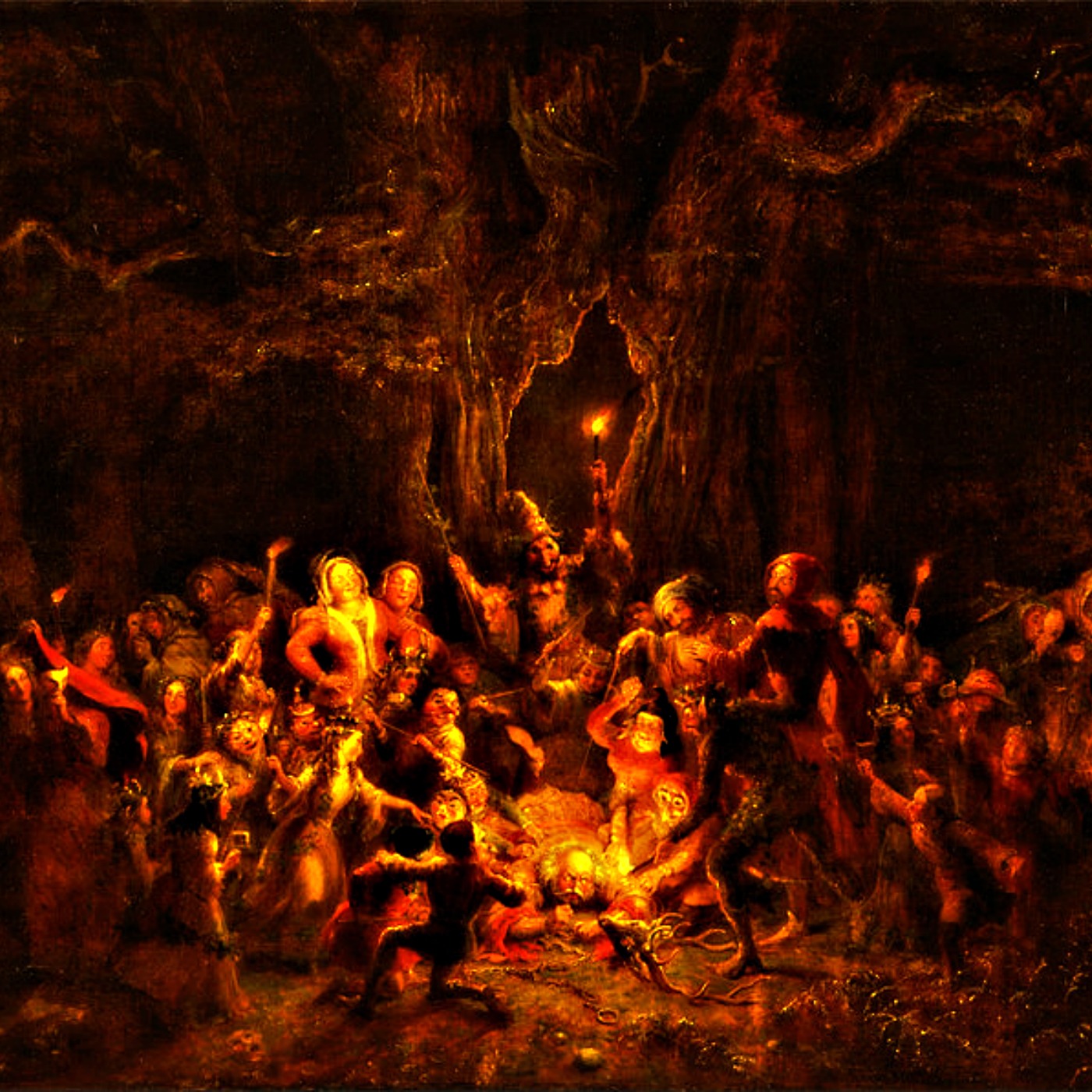
Fairy Festivals Samhain Lughnasa Beltane Imbolc
Welcome to the page dedicated to Celtic festivals! Here, we will take you on an exciting journey to explore ancient traditions and cultural celebrations that were important to the Celtic people. The Celts lived in places like Ireland, Scotland, Wales, Cornwall, and Brittany long ago.
Let's discover four fascinating Celtic festivals: Samhain, Beltane, Imbolc, and Lughnasadh. Each festival had its own special meaning and activities that connected the Celtic people with nature and their beliefs.
Join us on a journey through these enchanting festivals as we delve into their historical significance, traditional practices, and modern-day celebrations. Whether you seek a deeper understanding of Celtic culture or simply appreciate the beauty of ancient customs, this page will offer you a glimpse into the timeless traditions that continue to resonate with people around the world.
Embrace the magic and immerse yourself in the world of Celtic festivals!
Four Fairy Festivals
Beltane Samhain Lughnasa Imbolc
Beltane
Beltane - is an ancient Celtic festival traditionally celebrated on May 1st, marking the beginning of the summer season. It is one of the four Gaelic seasonal festivals, which also include Samhain, Imbolc, and Lughnasadh. Beltane falls approximately halfway between the spring equinox and summer solstice.
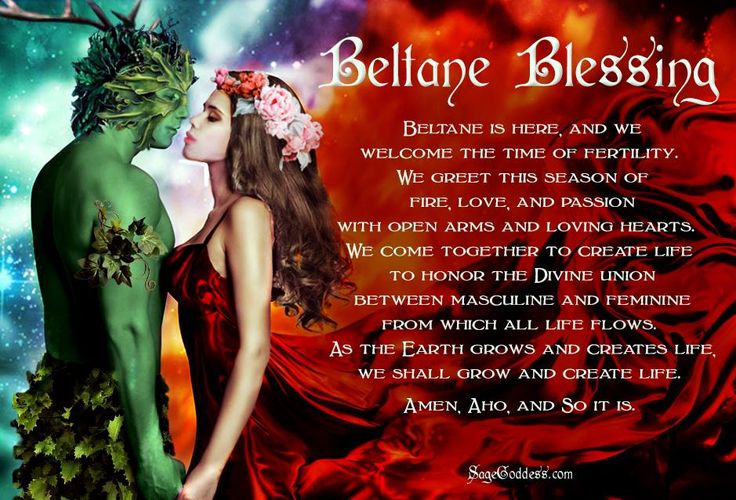
For many Pagans, Beltane is traditionally a time when the veil between our world and that of the Fae is thin. In most European folktales, the Fae kept to themselves unless they wanted something from their human neighbors.
Beltane is known for its rituals and traditions that promote fertility, protection, and abundance. Some of the customs associated with Beltane are:
- Lighting bonfires: Traditionally, Beltane bonfires were lit to purify and protect cattle, crops, and people. Cattle were driven between two bonfires as a means of purification and protection from diseases. People would also leap over the flames for similar reasons.
- Maypole dancing: The Maypole is a tall wooden pole, often decorated with ribbons and flowers. People dance around the pole, weaving the ribbons in intricate patterns, symbolizing the union of male and female energies and the fertility of the land.
- Wiccans around the world, as well as people who wish to connect with Celtic traditions or celebrate the arrival of summer.
You can read more about Beltane here.
Samhain
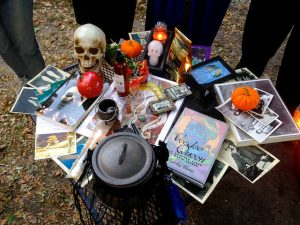
"The timing of contemporary Samhain celebrations varies according to spiritual tradition and geography. Many of us celebrate Samhain over the course of several days and nights, and these extended observances usually include a series of solo rites as well as ceremonies, feasts, and gatherings with family, friends, and spiritual community.
In the northern hemisphere, many Pagans celebrate Samhain from sundown on October 31 through November 1. Others hold Samhain celebrations on the nearest weekend or on the Full or New Moon closest to this time. Some Pagans observe Samhain a bit later, or near November 6, to coincide more closely with the astronomical midpoint between Fall Equinox and Winter Solstice."
Imbolc
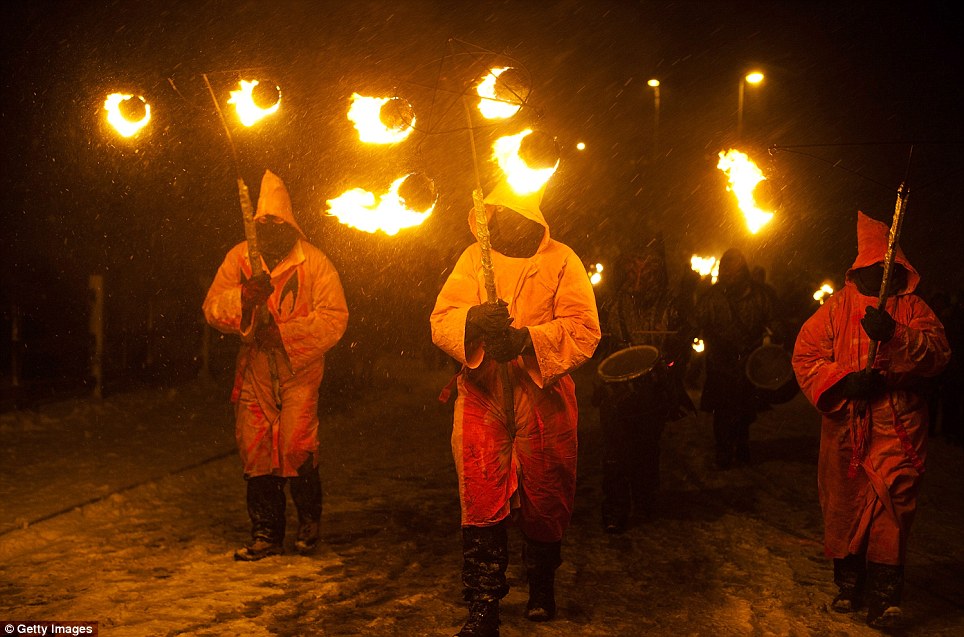
Imbolc, also known as Imbolgis, an ancient Celtic festival traditionally celebrated on February 1st or 2nd, marking the beginning of spring and the halfway point between the winter solstice and the spring equinox. It is one of the four major Gaelic seasonal festivals, along with Beltane, Lughnasadh, and Samhain.
Imbolc is associated with the goddess Brigid (or Brighid, Brigit, or Bride), who is revered as the goddess of fertility, healing, poetry, and smithcraft in Celtic mythology. The festival is a time to celebrate the growing strength of the sun, the awakening of the earth, and the promise of new life and abundance after the long winter.
Some customs and traditions associated with Imbolc include:
- Lighting candles: As a festival of light, people light candles to celebrate the increasing sunlight and to welcome the warmth back to the earth. This symbolizes the victory of light over darkness and the hope of longer days.
- Brigid's Cross: People craft Brigid's crosses from reeds, rushes, or straw. These are hung in homes as a symbol of protection and are said to bring blessings to the household.
In modern times, Imbolc is celebrated by various Neo-Pagan and Wiccan communities, as well as those who wish to connect with Celtic traditions or honor the arrival of spring. Some contemporary Christians also celebrate a related feast called Candlemas, which commemorates the presentation of Jesus at the temple and the purification of the Virgin Mary.
Lughnasadh
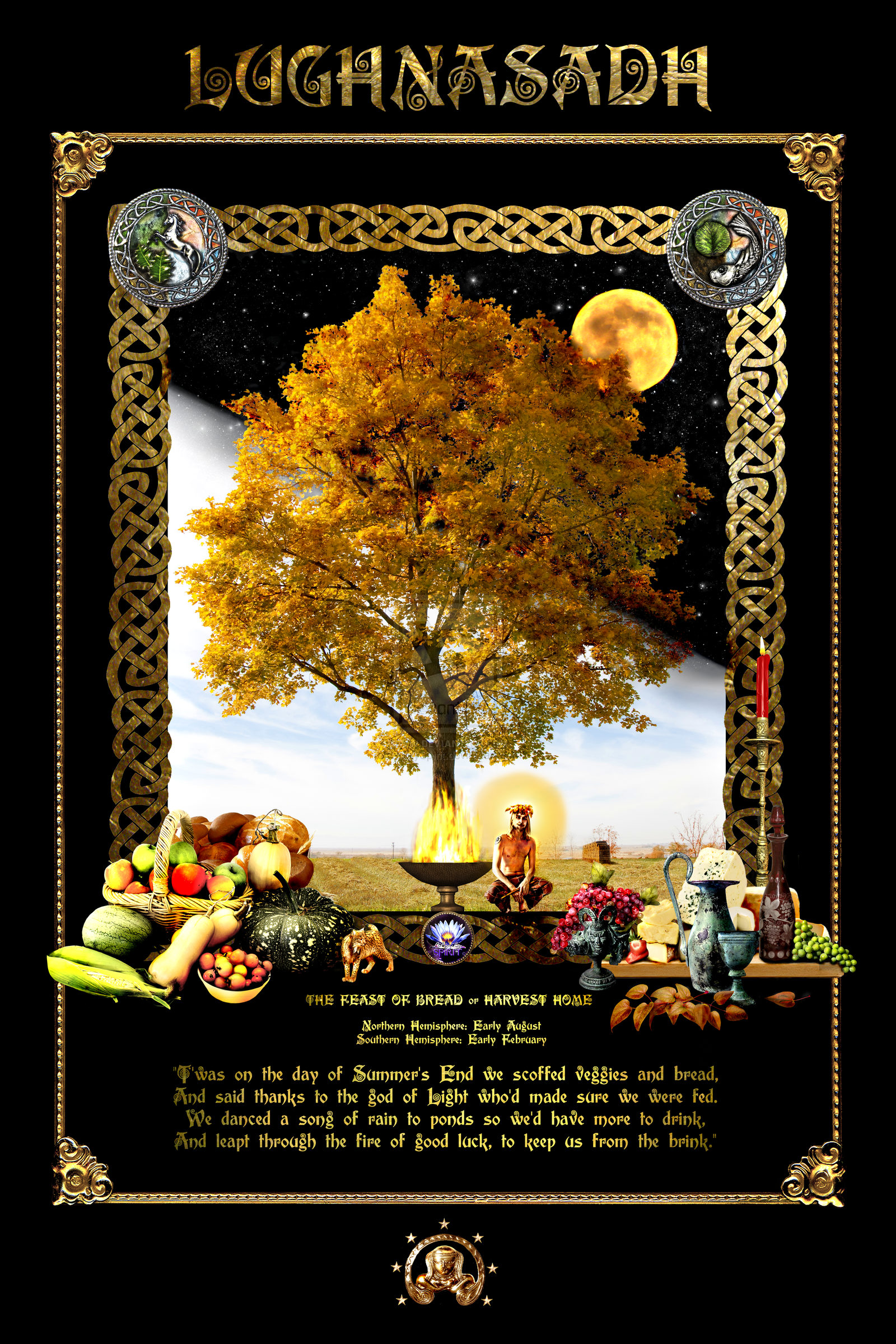
Lughnasadh, also known as Lughnasa or Lammas, is an ancient Celtic festival that marks the beginning of the harvest season. It is traditionally celebrated on August 1st, falling approximately halfway between the summer solstice and the autumn equinox. Lughnasadh is one of the four major Gaelic seasonal festivals, along with Samhain, Imbolc, and Beltane.
The festival is named after the Celtic god Lugh, who was associated with light, craftsmanship, and various skills. Lughnasadh is a time to celebrate the first fruits of the harvest, give thanks for the abundance of crops, and honor the labor and skill of those who cultivate the land.
In modern times, Lughnasadh is celebrated by various Neo-Pagan and Wiccan communities, as well as those who wish to connect with Celtic traditions or honor the harvest season.
As we conclude our exploration of Celtic festivals, we hope you've gained a deeper appreciation for the rich tapestry of traditions woven by the Celtic people. These festivals serve as reminders of the profound connection between humanity and nature, and the timeless wisdom embedded in ancient rituals.
May the spirit of these festivals continue to inspire and guide us, nurturing a sense of wonder, reverence, and harmony with the natural world. Let us carry the flame of Celtic tradition within our hearts and share its beauty and wisdom with generations to come.
Thank you for joining us on this journey through the captivating realm of Celtic festivals. Until we meet again, may your path be illuminated by the ancient magic that lives on in these cherished celebrations. Sláinte!
Amazon Audible Promo
With Amazon Audible’s holiday promo ($0.99/month for 3 months) and the release of Harry Potter: The Full-Cast Audio Editions, there's never been a better time to join.
Book of the Month
The Best Selling Fae Fantasy Book! A great Christmas gift!
CLICK HERE for more information and best price!
Recent Articles
-
Fae Fantasy Books - where love can be both thrilling and terrifying!
Nov 22, 25 02:34 AM
Fae Fantasy Books - explore new aspects of what it means to be human in a world where magic and immortal beings exist! A perfect blend of danger and allure! -
Water Fairies: Meet the Mystical Undines of the Waters
Nov 19, 25 02:45 AM
Water fairies, often called undines, are enchanting magical beings deeply connected to the element of water. These spirits appear in folklore and fairy tales -
Earth fairies are elemental beings connected to the earth element.
Nov 19, 25 02:34 AM
Earth fairies, also known as gnomes, are elemental beings deeply connected to the earth element. They have rich roots in folklore, mythology, and fairy tales

